Exploring the Revolution: AI-Driven Bionic Limbs in Orthopedics
The Fascinating World of Bionic Limbs: Bridging Orthopedics and AI
Orthopedics, a branch of medicine focused on addressing ailments related to the musculoskeletal system, has seen unprecedented advancements over the years, particularly with the advent of bionic limbs. As someone deeply immersed in the fields of Artificial Intelligence (AI) and technology, my curiosity led me to explore how these two domains are revolutionizing orthopedics, offering new hope and capabilities to those requiring limb amputations or born with limb differences.
Understanding Bionic Limbs
Bionic limbs, often referred to as prosthetic limbs, are sophisticated mechanical solutions designed to mimic the functionality of natural limbs. But these aren’t your ordinary prosthetics. The integration of AI and machine learning algorithms enables these futuristic limbs to understand and interpret nerve signals from the user’s residual limb, allowing for more natural and intuitive movements.
The Role of AI in Prosthetics
Artificial Intelligence stands at the core of these advancements. By harnessing the power of AI and machine learning, engineers and medical professionals can create prosthetic limbs that learn and adapt to the user’s behavior and preferences over time. This not only makes the prosthetics more efficient but also more personalized, aligning closely with the natural movements of the human body.
<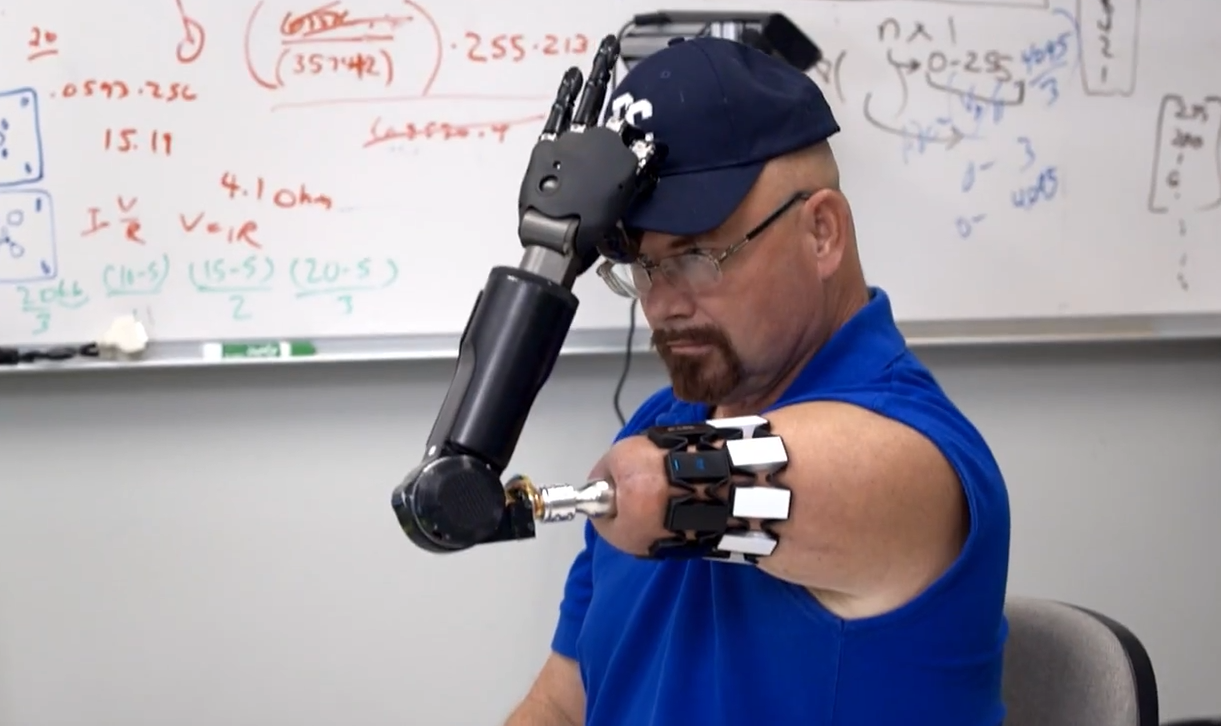 >
>
My Dive into the Tech Behind Bionic Limbs
From my work at DBGM Consulting, Inc., focusing on AI and cloud solutions, the transition into exploring the technology behind bionic limbs was both exciting and enlightening. Delving into the mechanics and the software that drives these limbs, I was fascinated by how similar the principles are to the AI-driven solutions we develop for diverse industries. The use of machine learning models to accurately predict and execute limb movements based on a series of inputs is a testament to how far we have come in understanding both human anatomy and artificial intelligence.
Challenges and Opportunities
However, the journey to perfecting bionic limb technology is rife with challenges. The complexity of mimicking the myriad movements of a natural limb means that developers must continuously refine their algorithms and mechanical designs. Furthermore, ensuring these prosthetics are accessible to those who need them most presents both a financial and logistical hurdle that needs to be addressed. On the flip side, the potential for improvement in quality of life for users is enormous, making this an incredibly rewarding area of research and development.
<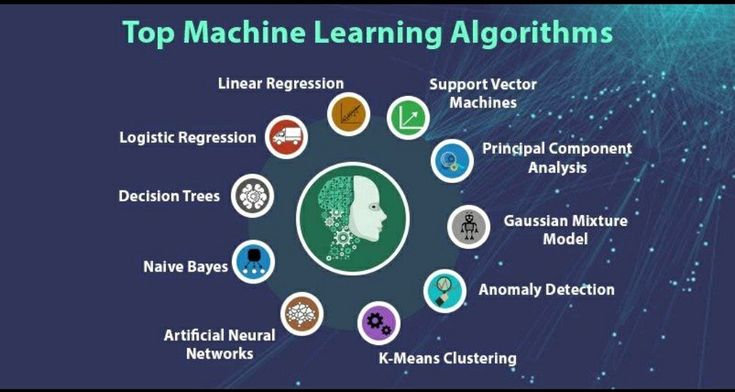 >
>
Looking Forward: The Future of Orthopedics and AI
The intersection of orthopedics and artificial intelligence is just beginning to unfold its vast potential. As AI technology progresses, we can anticipate bionic limbs with even greater levels of sophistication and personalization. Imagine prosthetic limbs that can adapt in real-time to various activities, from running to playing a musical instrument, seamlessly integrating into the user’s lifestyle and preferences. The implications for rehabilitation, autonomy, and quality of life are profound and deeply inspiring.
Personal Reflections
My journey into understanding the world of bionic limbs has been an extension of my passion for technology, AI, and how they can be used to significantly improve human lives. It underscores the importance of interdisciplinary collaboration between technologists, medical professionals, and users to create solutions that are not only technologically advanced but also widely accessible and human-centric.
<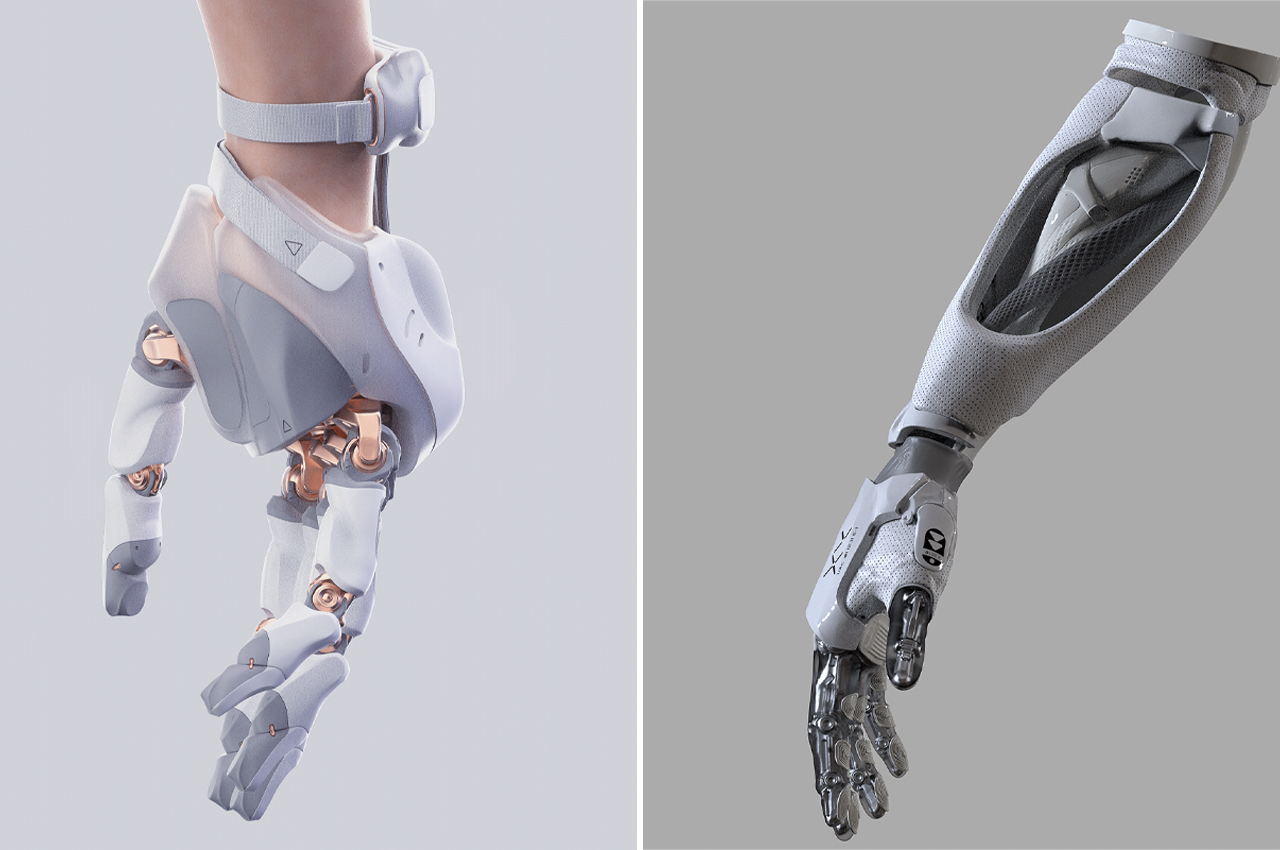 >
>
Conclusion
The partnership between orthopedics and artificial intelligence through bionic limbs is a fascinating example of how technology can transform lives. It’s a field that not only demands our intellectual curiosity but also our empathy and a commitment to making the world a more inclusive place. As we stand on the cusp of these technological marvels, it is crucial to continue pushing the boundaries of what is possible, ensuring that these advancements benefit all of humanity.
Inspired by my own experiences and the potential to make a significant impact, I am more committed than ever to exploring and contributing to the fields of AI and technology. The future of orthopedics, influenced by artificial intelligence, holds promising advancements, and I look forward to witnessing and being a part of this evolution.
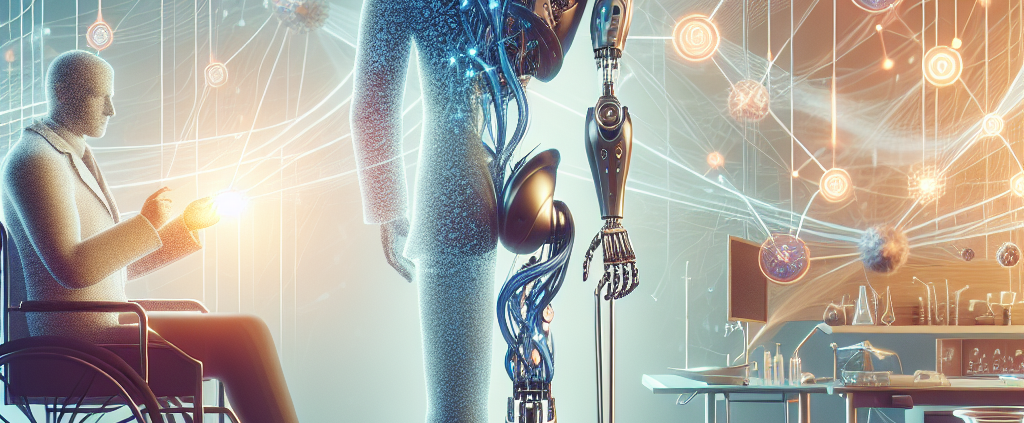
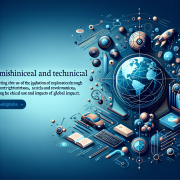

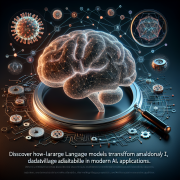


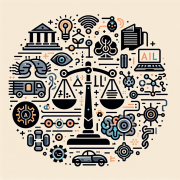


Leave a Reply
Want to join the discussion?Feel free to contribute!